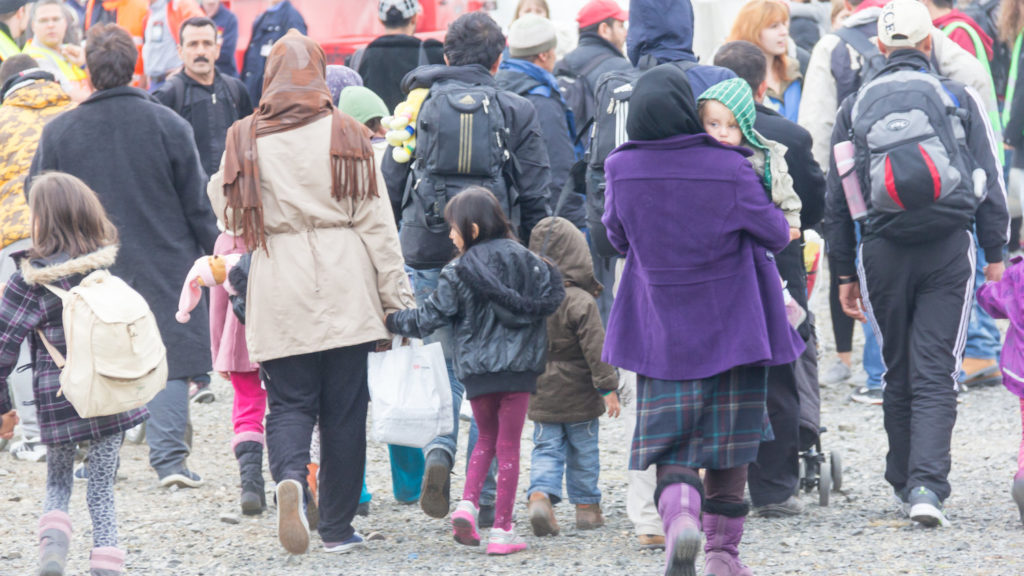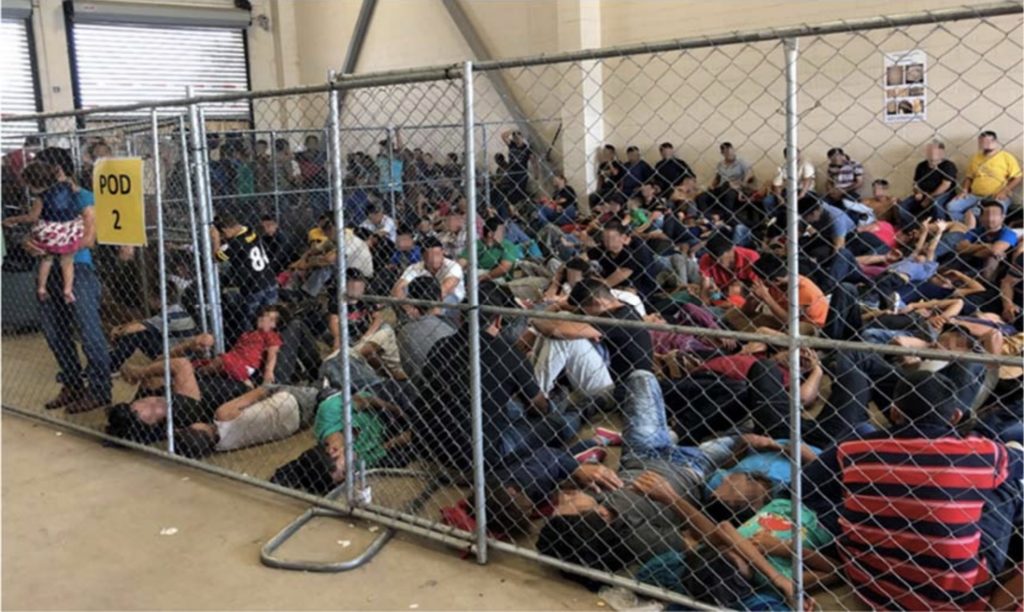
Mexico will grant subsidies to Colombians returning, thanks to an agreement signed by the authorities of both countries. In this way, the Mexican State is able to sign migratory agreements with Venezuela, Colombia and Ecuador to favor the return of people to their countries of origin.
Last week, the pact between Mexico and Venezuela was made public, in which the former country offered a monthly subsidy of 110 dollars, payable in US currency for six months, to those Venezuelans who decided to leave Mexican territory and return to their country. This week it became known that this agreement has been extended to Colombian and Ecuadorian nationals.
Relieving pressure on the northern border
The purpose of these return agreements is to address the significant increase in the number of migrants arriving in Mexico, most of whom are seeking to settle in the United States.
Due to the strong controls at the U.S. border, the final destination of many of these South American migrants is to seek asylum and settle in Mexican territory. Irregular immigration in Mexico increased by 77.2% in 2023 to more than 782,000 people, according to the Mexican government’s Migration Policy Unit.
With these figures, President Manuel Lopez Obrador decided to sign agreements with these three countries with the clear purpose of alleviating the presence of South American migrants in Mexico, despite the controversy it has caused in his own country.
In fact, the pact with Venezuela, the first to be known, aroused strong criticism from the political opposition in this election year for Mexicans. The issues were so important that the opposition presidential candidate Xochitl Galvez called it “illegal”.
Four billion dollars to control migration
The Lopez Obrador government justified the agreements by pointing out that the country has a budget of 4 billion dollars a year to control migration. Thus, for the Mexican president, the figures that will now be used in these return programs do not represent an expense that the country cannot afford.
Claiming efficiency and humanitarian reasons, the Mexican head of state argue that “it is more convenient for us to help people to have jobs in their own towns,” defending himself from the criticism of the national conservative opposition.
The return programs, in addition to direct economic aid, also have job placement projects in companies in the migrants’ countries. The idea is to facilitate the return for six months so that, afterwards, the returnee can have economic independence thanks to the work they find in their country, thanks to these programs and the collaboration of the companies.
Lopez Obrador said that Mexico is “the country with the lowest unemployment in the world”, so it is logical that these benefits are made with foreign population and not with nationals, as claimed by the opposition.
Guatemala, Honduras and El Salvador
Similarly, the Mexican government has used the examples of countries such as Guatemala, Honduras and El Salvador, where aid is also received by returning migrants, to defend the effectiveness of its new agreements with South American countries.
“We are absolutely sure that if people are supported in their places of origin, the migratory flow is considerably reduced, but that requires resources and that is what the government of the United States has not wanted to do, to allocate funds to support the people of Latin America,” said the president of Mexico.
Last week, the Mexican Secretary of Foreign Affairs, Alicia Barcena, defended the move, saying that her country “cannot sustain the current numbers of migrants“, in relation to the significant presence of Venezuelan citizens on Mexican soil, to justify the agreement with the government of President Nicolas Maduro.
However, now this project to favor the departure of migrants has spread to other countries. The struggle that Mexico faces with the United States to control the illegal passage through the border between both nations has redoubled in recent months, but the presence of illegals in the area continues to increase every month.
Migration crisis
Definitely, 2023 was the worst year in a decade for the migration phenomenon to Mexico. Specialists in this matter explained that, on average, between three and four people die every day in Mexico trying to reach the U.S. irregularly.
Likewise, it is affirmed that there are no elements to suggest a change in trend, so this year would continue to exacerbate the migration crisis experienced in 2023. “We are facing a scenario where many migrants in Mexico are living on the streets and it has caused a xenophobic environment, where neighbors have asked for the closure of shelters because there are no guarantees for anyone, neither for the neighbors nor for the population in mobility,” said the technical secretary of the Migration Policy Working Group, Melissa Vertiz.
Indefinite waiting times in Mexico
Return population figures were not good last year either. Only 8.6 percent of undocumented persons in Mexico were returned to their home countries. The stay of people in an irregular migratory situation rose exponentially; they stayed three to four months in the same entity, trying to get an asylum application appointment in the United States through the CBP One app or through alternatives in which they risked their lives to cross the border.
“They are no longer only deported, now they stay in Mexico and the waiting time is very long for a procedure before the National Migration Institute (INM) or to get an appointment through CBP One. But those who have resented it the most are the shelters of the church and civil society, because they are saturated and it intensified this year, due to the policy of the United States,” said the president of the Citizen Council of the INM, Mauro Perez Bravo.

See all the latest news from Colombia and the world at ColombiaOne.com. Contact our newsroom to report an update or send your story, photos and videos. Follow Colombia One on Google News, Facebook, Instagram, and subscribe here to our newsletter.

